Expansion of the Herbal Medicine Sector
The resurgence of interest in herbal medicine is a notable driver in the Botanical Ingredients Market. As consumers seek alternative health solutions, the market for herbal remedies is expanding, with many turning to botanical ingredients for their therapeutic properties. Market data suggests that the herbal medicine sector is projected to grow significantly, driven by increasing consumer awareness and acceptance of natural remedies. This trend is prompting manufacturers to invest in research and development to create effective herbal formulations. The integration of botanical ingredients into mainstream healthcare practices is likely to further validate their efficacy, thereby enhancing their market presence.
Rising Interest in Sustainable Practices
Sustainability has become a cornerstone of consumer values, significantly impacting the Botanical Ingredients Market. The demand for sustainably sourced botanical ingredients is on the rise, as consumers increasingly seek products that align with their environmental values. This trend is evidenced by market data indicating that products labeled as sustainably sourced are experiencing higher sales growth compared to conventional alternatives. Companies are responding by adopting sustainable sourcing practices, which not only appeal to eco-conscious consumers but also enhance brand loyalty. This focus on sustainability is likely to drive innovation in cultivation and extraction methods, ensuring that the industry can meet the growing demand for environmentally friendly products.
Regulatory Support for Natural Ingredients
Regulatory frameworks that favor the use of botanical ingredients are emerging as a significant driver in the Botanical Ingredients Market. Governments and regulatory bodies are increasingly recognizing the benefits of natural ingredients, leading to supportive policies that encourage their use in various applications. For instance, regulations that streamline the approval process for botanical extracts in food and cosmetics are likely to enhance market accessibility. This regulatory support not only fosters innovation but also instills consumer confidence in the safety and efficacy of botanical products. As a result, the market is expected to witness a surge in the introduction of new botanical-based formulations, further propelling growth in the industry.
Growing Consumer Demand for Natural Products
The increasing consumer preference for natural and organic products is a pivotal driver in the Botanical Ingredients Market. As awareness of health and wellness rises, consumers are gravitating towards products that are perceived as safer and more beneficial. This trend is reflected in the market data, which indicates that the demand for botanical ingredients is projected to grow at a compound annual growth rate of approximately 8% over the next five years. This shift towards natural alternatives is not only influencing personal care and cosmetics but also the food and beverage sectors, where botanical ingredients are being incorporated for their flavor and health benefits. Consequently, manufacturers are compelled to innovate and expand their product lines to meet this evolving consumer expectation.
Technological Advancements in Extraction Methods
Technological innovations in extraction and processing techniques are transforming the Botanical Ingredients Market. Advances in extraction methods, such as supercritical fluid extraction and cold pressing, are enabling manufacturers to obtain higher quality botanical extracts with enhanced bioactive properties. These technologies not only improve yield but also preserve the integrity of the ingredients, making them more appealing to consumers. As the market continues to evolve, the adoption of these advanced techniques is expected to drive product differentiation and innovation. Consequently, companies that leverage these technologies may gain a competitive edge, positioning themselves favorably within the rapidly growing botanical ingredients landscape.


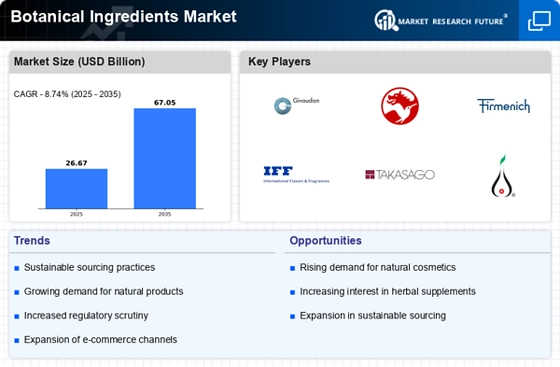
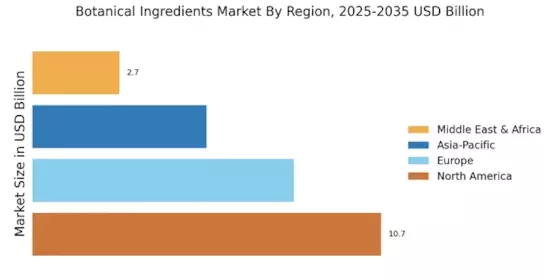

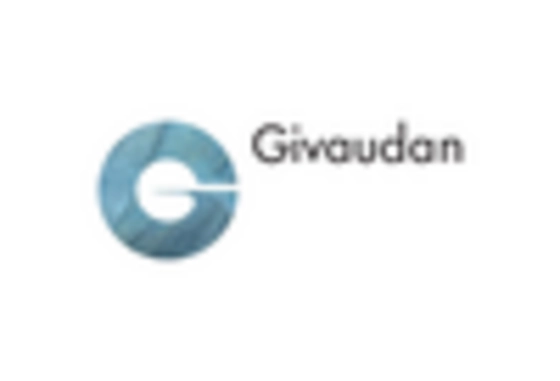
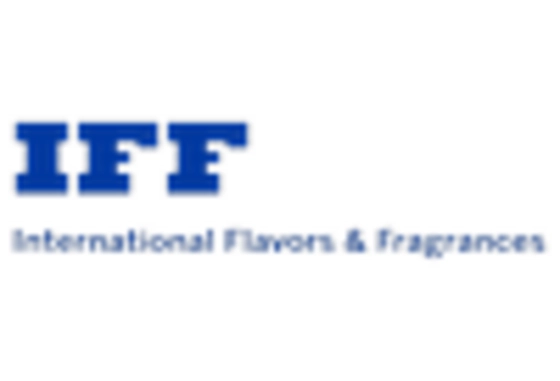
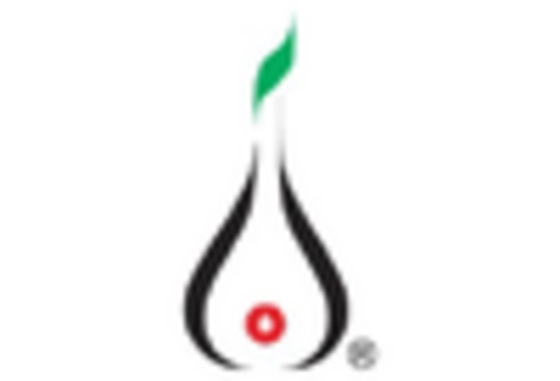
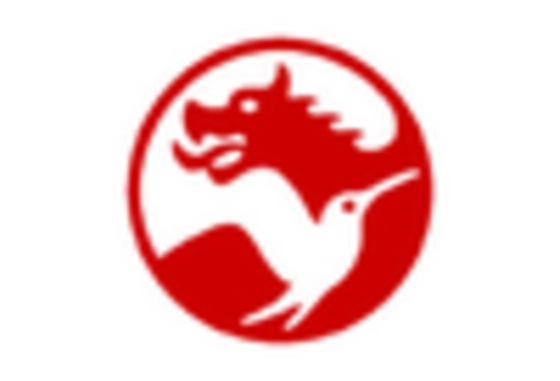









Leave a Comment